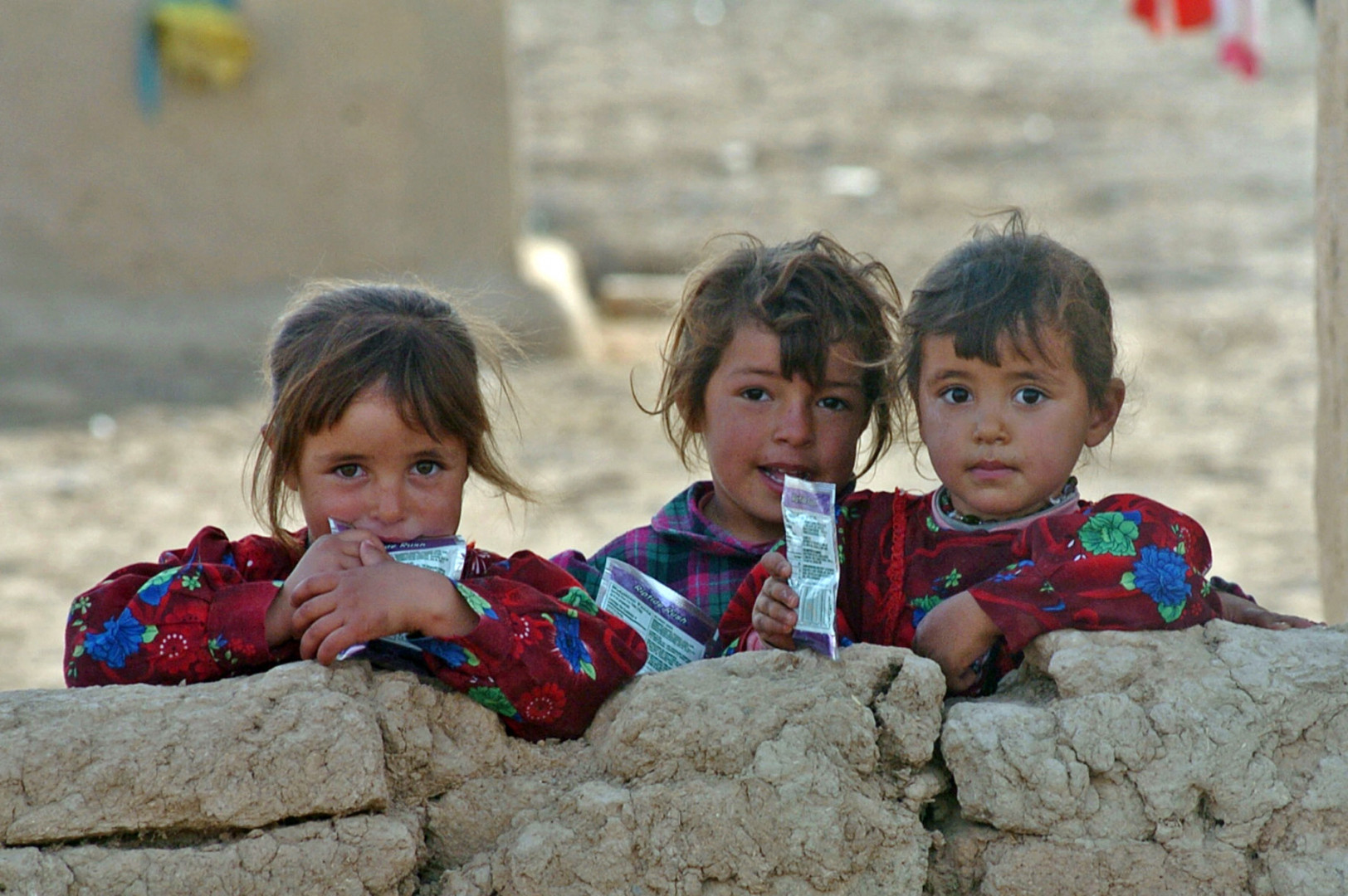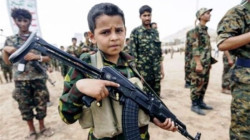The impact of explosive weapons on children in Iraq

Shafaq News/ (aoav.org.uk) The 21st century has been a tragedy for Iraq’s children. An entire generation of girls and boys has suffered violence, terror, poverty, and displacement.
Iraq’s 17 year conflict began with the US-led invasion in 2003 and evolved into a sectarian civil war, with intense military confrontations between ISIS and the Iraqi Government between 2015 and 2017. Today, Iraq and its allies are engaged in fighting a low-level ISIS insurgency. Throughout the geopolitical developments of Iraq’s protracted conflict the use of explosive violence has remained consistent. The impact of these weapons on children has had far-reaching and devastating consequences.
This report presents data and research on the impact of explosive violence on the children of Iraq, focusing on how Iraqi children have been affected by the military interventions of foreign powers, combat operations of the Iraqi government, and terrorist activities of groups such as ISIS.
According to data collated by AOAV, there were 4,424 recorded incidents of explosive violence in Iraq between 2011 and 2019. In total, some 72,438 individuals were either killed or injured. Of these, 77% (55,999) killed or injured were civilians. AOAV’s data shows that of the incidents which recorded children among the casualties, 693 children were killed or injured by explosive violence in Iraq between 2011 and 2019. As AOAV’s data only uses the information made available by English-language media reports, the real number is likely to be much higher. The volatile security situation in Iraq has limited access for the monitoring and documentation of violations.
Research by Save the Children recorded a total of 717 child casualties in Iraq from conflict in 2017 alone, with 78% (562) of these from blasts. In their report, Blast Injuries, Save the Children notes that the effects of blasts are “immediate, long-term and life-limiting”. Blast injuries, such as torso injuries or burns, affect children more severely than adults, with children at higher risk of death than adults when explosive violence is used.
Airstrikes
Airstrikes have been a key component in the military operation against ISIS. In March 2017, the US conducted a series of airstrikes across Mosul, killing and injuring hundreds of civilians. Nine members of one family were killed in the attacks, including children. In May of that year, six children were also killed and five were maimed as a result of an unattributed air strike on a school hosting families of ISIS fighters. Data collected by the AOAV found that airstrikes carried out in 2003-2011 were more likely to impact the lives of women and children than other forms of violence.
IEDs
The second largest cause of child casualties was the use of improvised explosive devices (IEDs). Between 2014 and 2019, 41% (713) of child casualties were due to the use of IEDs, including 14 children used to carry out suicide attacks. Over the course of 6 months in 2016, more than 800 attacks involving IEDs were recorded in civilian areas in Baghdad Governorate alone, many resulting in child casualties.
Explosive Remnants of War (ERW)
Though the military defeat of ISIS stabilized the security situation, it presented a further risk to children in the form of explosive remnants of war (ERW). Handicap International reported that Iraq’s level of contamination is unprecedented: “there are explosive remnants of war and improvised explosive devices in fields, homes, sometimes inside corpses, or behind refrigerator doors”. The UN found that during 2018 and until mid-2019, almost half of the child casualties (47%) were due to ERW in territories previously held by ISIS. When explosive hazard clearance activities began in Mosul, the United Nations Mine Action Service (UNMAS), described the extent of explosive contamination in the area as of a “previously unseen magnitude”. ERW results in severe injuries, disabilities and death, but also inhibits children’s access to education and other services.
Impact on Children
Beyond the direct bodily harm and loss of life that explosive violence inflicts on Iraqi children, reverberating impacts affect children’s lives in a number of other ways. Humanium judged that Iraqi children are at a particularly high risk of becoming child soldiers, used for child labor, or trafficked to be sold into slavery or prostitution.
Psychological Health
In addition to physical harm to children, the conflict in Iraq has led to mental health problems for Iraqi children. Save The Children’s 2017 report, An Unbearable Reality, identifies extreme sorrow as one of the many causes of a mental health crisis within Iraqi children. Out of the children surveyed, up to 90% had felt upset over the experience of loss, while 45% could even share stories of violent deaths of loved ones. In particular, the presence of ERW generates an unresting sense of insecurity.
Education
Children in Iraq not only face physical and mental health challenges; they have also been denied access to education. As of November 2018, it was reported that nearly 2.6 million children in Iraq were not attending school. This adversely effects girls with UNICEF reporting that 10% of primary school-aged girls are out of school, compared with 7% of boys.
UNICEF found that there had been at least 138 attacks on schools between January 2014 and May 2017, and that half of schools in Iraq were in need of urgent repairs. Most attacks on schools were carried out using explosive weapons. During the war against ISIS, 50% of all school buildings in conflict-ridden areas were reported to have been damaged or destroyed. The majority of these have not been rebuilt leaving a serious gap in education. In Nineveh Governorate alone, 130 schools were completely destroyed during the conflict there, and 350 are in need of rehabilitation. The numbers of teachers in the district also plummeted from a pre-war level of 40,000 to 25,000. This has meant that in post-conflict Nineveh, in some cases, there are up to 650 students per class.
Displacement
Explosive violence has resulted in the large-scale displacement of Iraqi civilians. Since 2014, more than three million Iraqis have been internally displaced and a further 260,000 forced to flee the country. By the end of 2019, more than 1.5 million Iraqis remained internally displaced. Half of Iraq’s Internally Displaced Persons (IDPs) are thought to be children.
Children in IDP camps often receive limited access to education. In 2018, the Office for the Coordination of Humanitarian Affairs (OCHA) reported that nearly 50% of children in IDP camps do not have access to quality education. For example, in one IDP camp in Kirkuk, there are just two teachers for more than 1,700 students. Girls in IDP camps were found to be particularly vulnerable to sexual abuse.
Childcare
An estimated 800,000 Iraqi children had lost one or both parents- these children are at risk of being the forgotten casualties of war. The deaths of adults by explosive weapons expose children to considerable risks such as child labour and trafficking, orphans are particularly vulnerable to Iraq’s prostitution networks. Adoptions are illegal in Iraq, with the law only allowing guardianship of a member of the extended family or a close family friend. Adoption or legal guardianship from strangers is not permitted.
Children as ‘perpetrators’
The UN reported that between 2016 and 2019, 296 children were recruited as child soldiers, 199 of these were used as combatants. The UN was able to verify that 14 children were used to carry out suicide attacks with IEDs. ISIS was responsible for half of the child recruits, but a significant proportion were recruited also by the lesser known Popular Mobilization Forces, an umbrella organization composed primarily of Shi’a but also Sunni tribal groups and other minority groups. When Mosul fell to ISIS in June 2014 girls were used in support roles, including for manufacturing explosive devices.
Conclusion
Over recent years, AOAV has recorded a fall in the use of explosive violence in Iraq as the security situation has progressively stabilized. However, the full extent of the impact of explosive weapons over the past two decades is only now emerging. Psychological trauma, displacement and poverty reverberate far beyond the initial impact of a blast. UNICEF recently reported that approximately 4.1 million people still require humanitarian assistance, with children accounting for around half of that figure.

